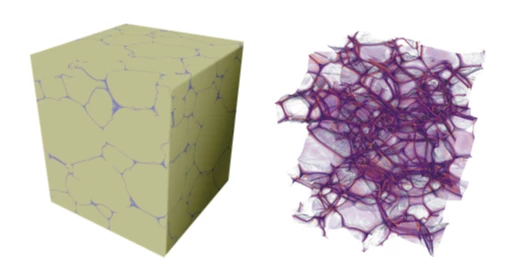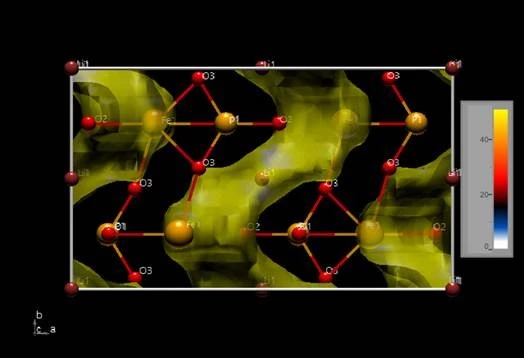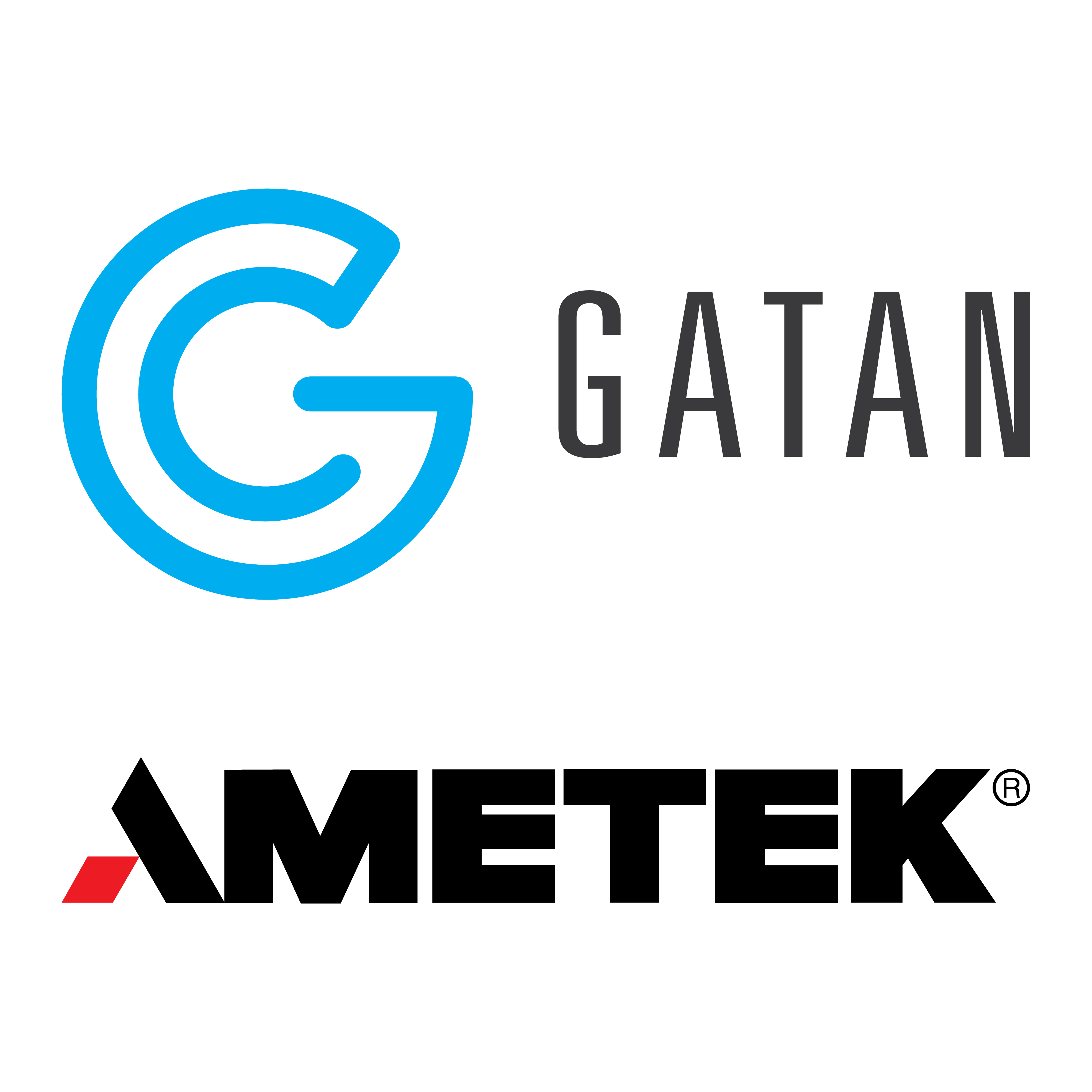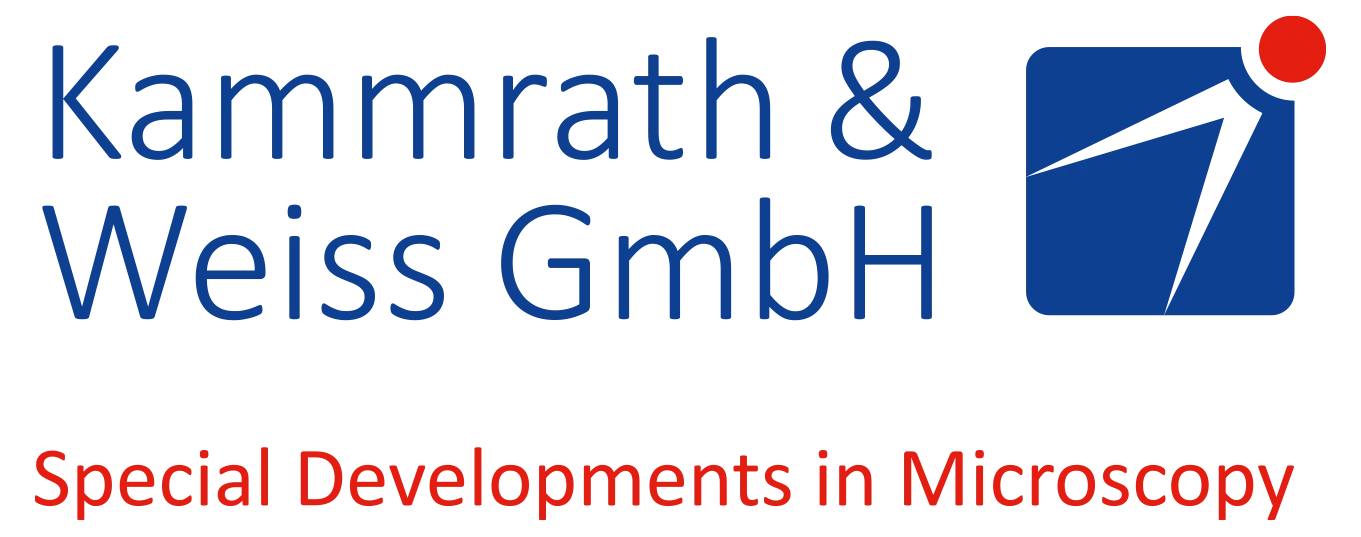Smart Materials and Devices for Electronic Textiles
Electronic textiles (e-textiles) refers to textiles that are integrated with electronic components and systems, and provide electronic active functions. Research in e-textiles has rapidly expanded in recent years due to rapid progress in novel nanotechnologies, smart materials, miniaturization of devices and chips, low power communication strategies, and the pursuit of intelligent human-machine interfaces. The articles in the June 2021 issue of MRS Bulletin highlight some of the latest developments in smart materials and devices used for e-textiles. The talks in this webinar will complement the articles in the MRS Bulletin issue.
Talk presentations:
- Conducting materials as building blocks for electrionic textiles
Christian Müller, Chalmers University of Technology
Talk begins at 07:24
- Smart textile triboelectric nanogenerators: current status and perspectives
Zhong Lin Wang, Georgia Institute of Technology
Talk begins at 37:49
- Thread-based Wearable Devices
Sameer R. Sonkusale, Tufts University
Talk begins at 51:32
Materials Developments in Battery Safety
Lithium-ion batteries represent the most significant current technology for high-energy rechargeable batteries; however, there remain many safety concerns associated with them. These concerns are further magnified when addressing large, high-energy battery systems for grid-scale, electric vehicle, and aviation applications. The May, 2021 issue of MRS Bulletin focuses on system-level battery issues and emergent technology efforts to improve Li-ion battery performance in larger systems. The talks in this webinar will complement the articles in this issue of MRS Bulletin; they will overview some of these safety issues and explore fundamental understanding as well as solutions.
Talks:
- Battery Safety Physics & Analytics
Partha P. Mukherjee, Purdue University
Talk begins at 6:52
- Challenges and Needs for System-level Lithium-ion Battery Management and Diagnostics
Tanvir Tanim, Idaho National Laboratory
Talk begins at 38:37
- Thermophysical Abuse Couplings in Batteries: From Electrodes to Cells
Daniel Steingart, Columbia University
Talk begins at 1:03:36
Multifunctional materials for emerging technologies
This presentation focuses on structure property/relationships in advanced materials, emphasizing multifunctional systems that exhibit multiple functionalities. Such systems are then used as building blocks for the fabrication of various emerging technologies. In particular, nanostructured materials synthesized via the bottom–up approach present an opportunity for future generation low cost manufacturing of devices.
We focus in particular on recent developments in solar technologies that aim to address the energy challenge, including third generation photovoltaics, solar hydrogen production, luminescent solar concentrators and other optoelectronic devices.
Presented by National Tsing Hua University
Beyond Thickness--Ellipsometry in Advanced Materials Research
Spectroscopic ellipsometry is a non-destructive optical technique, precisely characterizing thin films from sub-nanometer to tens of microns thick. The technique covers a wide spectrum range beyond visible wavelengths. It has been applied to outer space research in deep ultra-violet, sensor designs in infra-red, and understanding properties at terahertz frequencies.
Ellipsometry is sensitive to film thickness and uniformity, refractive index, bandgap energy, alloy composition, anisotropy, surface roughness and conductivity. In this presentation, advanced applications using ellipsometer in the fields such as wide bandgap semiconductors, OLED display, optical coatings, photovoltaic, and 2D materials will be demonstrated. Dynamic ellipsometry has been attracting more and more attention, providing real-time process control and property monitoring. Examples of ellipsometry in understanding liquid/solid interface absorption and monitoring in-situ deposition will be presented.
An interactive Q&A session follows the presentation.
Presented by J.A. Woollam
Perovskites and Graphene: State-of-the-Art Materials for Advanced Applications
Science and society are eager for innovative solutions to increasingly complex technical problems. This webinar will highlight how perovskites and graphene are contributing to those solutions.
Perovskites: With special properties like superconductivity, magnetoresistance, piezoelectricity and dielectric and pyroelectric behavior, perovskites are excellent candidates for optimizing multilayer capacitors like fuel cells as well as solar cells, sensors and electric batteries, or even next-generation display screens, LEDs, memory devices (RAM) and high-temperature superconductors.
Graphene: Alongside revelations of the seemingly endless applications of graphene has been development of a rapid and highly scalable “green” process for mass-producing graphene to meet the needs of science and industry. We discuss the latest and most promising advances resulting from this synergy and their implications for society.
An interactive Q&A session will follow the presentation.

Presented by Goodfellow
Hardness Testing of Soft Biomaterials and Hydrogels through Indentation Analysis
Soft materials represent a large portion of biomedical and bioengineering research. Until recently, the mechanical properties of soft tissues and hydrogels have not truly been studied. However, given recent developments of new scaffolds and more localized medical treatments, understanding the mechanical properties of soft biomaterials is becoming critical.
This webinar will elucidate the nanoindentation approach for the measurement of soft materials that will be demonstrated via several topics and pertinent real-world examples including:
- Why indent soft materials
- Cartilage: stiffness gradient of human knee cartilage
- Cornea: how stiff is human cornea and how can indentation help in treatment of corneal conditions
- Contact lenses: effect of loading rate on elastic modulus—tunable comfort
- Hydrogels: solid, liquid, or gel
- Hyaluronic acid foils: properties of thin hydrogel sheets
An interactive Q&A session follows the presentation.
Presented by Anton Paar USA
Recent developments in nanostructured metals and alloys
Nanostructured metals have been widely investigated due to their abundant interfaces (grain boundaries and phase boundaries) that can drastically impact the mechanical and physical properties of materials. The March, 2021 issue of MRS Bulletin highlights current research on nanometals, including gradient-structured metallic materials with high strength and ductility, deformability of hierarchical multiphase metallic nanocomposites, strategies to improve thermal stability of nanocrystalline metals, fatigue and fracture response of nanocrystalline and nanotwinned metals, and other breakthroughs that provide an in-depth understanding of the forefronts of the field.
This webinar will present three talks with authors from the MRS Bulletin issue. An interactive Q&A will be held with each of the speakers following their talks.
Talk Presentations:
- Heterostructured Nano Materials: New Science Produces Unprecedented Properties
Yuntian Zhu, City University of Hong Kong
Talk begins at 07:16
- Hierarchical and heterogeneous multiphase metallic nanomaterials and laminates
Nathan Mara, University of Minnesota-Twin Cities
Talk begins at 38:57
- Fatigue and Fracture of nanostructured metal and alloys
Brad Boyce, Sandia National Lab
Talk begins at 1:05:00
Sponsored by Kammrath & Weiss and Rigaku
In-Space Production Applications: Advanced Materials and Manufacturing on the International Space Station
The International Space Station (ISS) U.S. National Laboratory enables long-term, iterative studies within the unique, microgravity environment inside the ISS, including in-space materials research in the areas of advanced or exotic materials production. Access to persistent microgravity opens new opportunities for novel materials manufacturing, including unique microstructures, larger crystal growth, and potentially increased homogeneity. Please join us for a discussion of new research opportunities and current case studies of in-space production of advanced materials.
During this webinar, more questions were asked than time allowed for responses. The speakers have responded to those questions in written form, and those responses are available here.
Talk Presentations:
- Solidification of High Quality Magnesium Alloys in Microgravity
Prashant Kumta, University of Pittsburgh Swanson School of Engineering and School of Dental Medicine
Talk begins at 12:21
- Melt and Vapor Growth in the Solidification Using a Baffle in Sealed Ampoules (SUBSA) Furnace
Aleksandar Ostrogorsky, Illinois Institute of Technology
Talk begins at 31:46

Presented by International Space Station U.S. National Laboratory
X-ray Computed Tomography for Soft Materials
This webinar will discuss basics of X-ray computed tomography and how to apply X-ray CT methods to soft materials. Additionally, we will show 3D imaging results for pharmaceuticals, foams, composites and other soft material.
We invite you to view this short video about the Rigaku nano3DX X-ray microscope for microtomography of large samples at high resolution in advance of the webinar.

X-ray Diffraction Measurements for Battery Research
This webinar will discuss X-ray diffraction and scattering techniques and how to apply them to battery research. Techniques to be discussed will include operando measurement, bond valence sum from Rietveld refinement and pair distribution function (PDF). We invite you to view this short video about the Rigaku SmartLab X-ray Diffractometer with intelligent guidance in advance of the webinar.

powder sample obtained from Rietveld refinement
program in SmartLab Studio-II software
Presented by Rigaku









